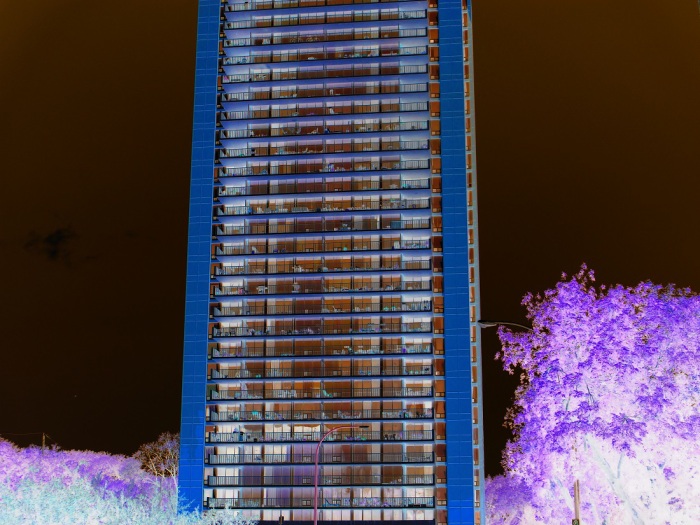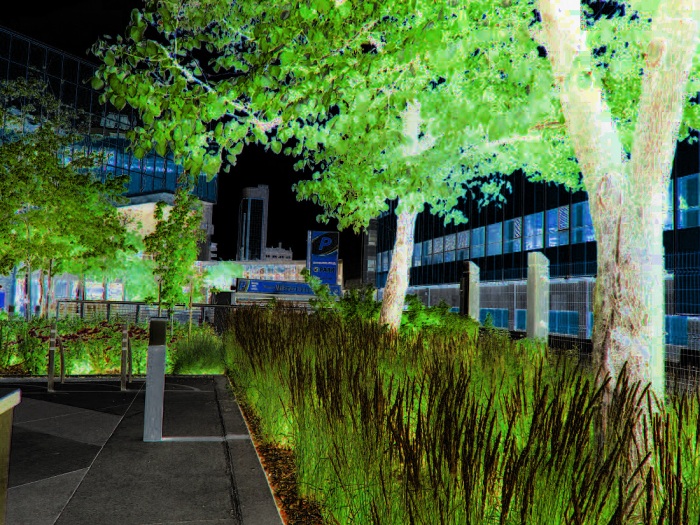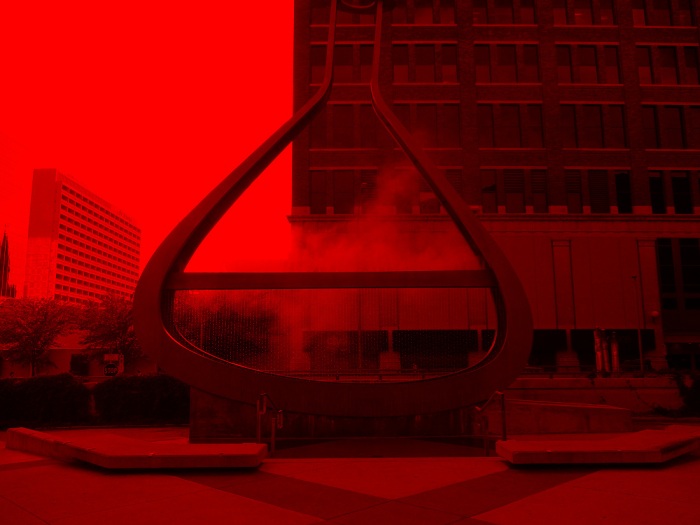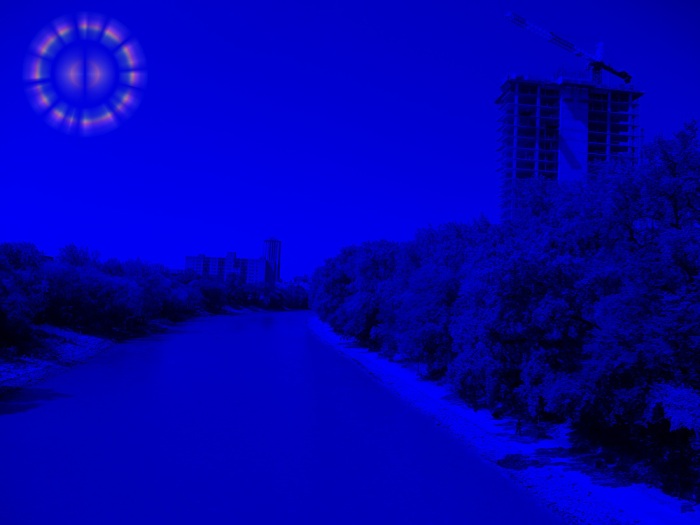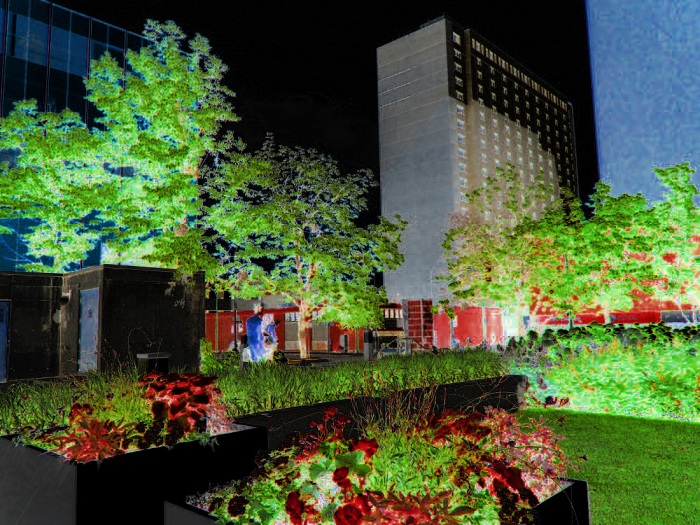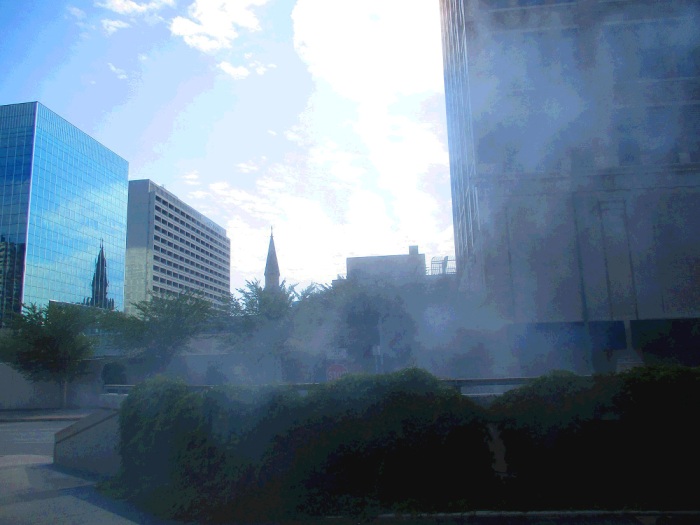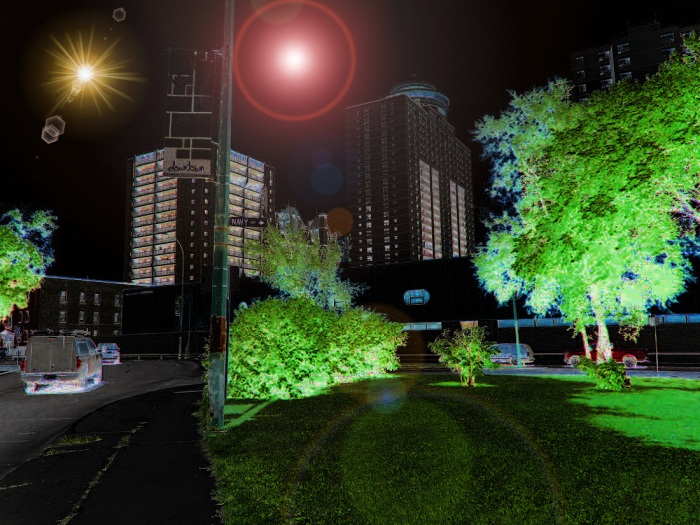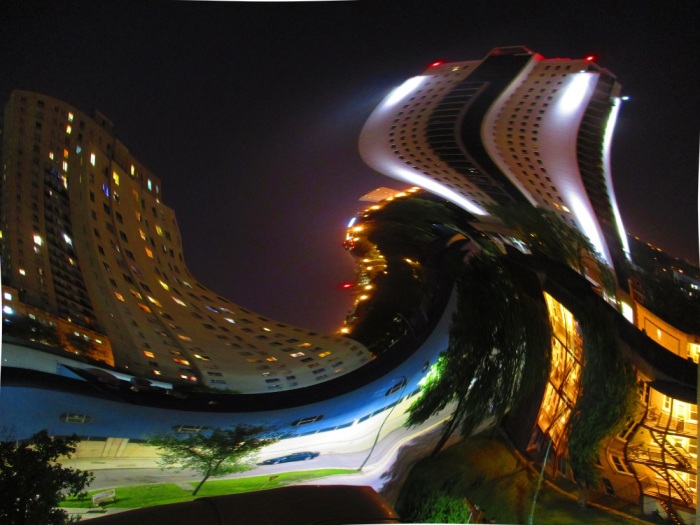Month: July 2017
The Legend of Deadman Valley
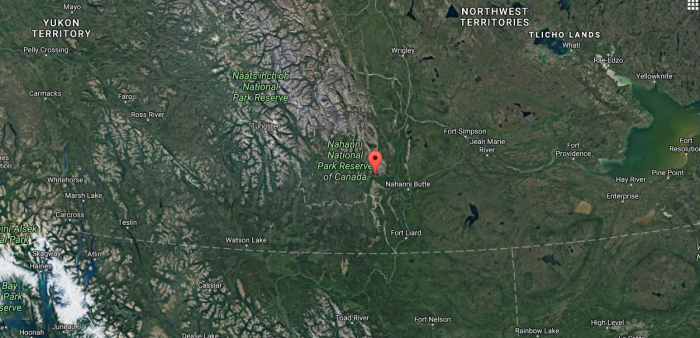
Nahanni National Park Reserve in the Dehcho Region of the Northwest Territories, Canada, approximately 500 km (311 mi) west of Yellowknife,[3] protects a portion of the Mackenzie Mountains Natural Region. The centrepiece of the park is the South Nahanni River (Naha Dehé). Four noteworthy canyons reaching 1,000 m (3,300 ft) in depth, called First, Second, Third and Fourth Canyon, line this spectacular whitewater river. The name Nahanni comes from the indigenous Dene language name for the area; Nahʔa Dehé, which means “river of the land of the Nahʔa people”, who some now speculate may have been the ancestors of the modern day Navajo people.

Virginia Falls
The stories of the Naha, and dangerous landscape that they inhabited, grew in stature with the Klondike Gold Rush as some explorers attempted to use the Nahanni as a path to the famous gold fields of the Yukon, or to try and make their fortune on the Flat and South Nahanni Rivers. Although no significant gold was found, legends of haunted valleys and lost gold emerged after the headless corpses of Métis prospectors Willie and Frank McLeod were found around 1908. The Lost McLeod Mine, a legendary lost mine somewhere in the park, is supposed to have been where the two brothers found their gold. In the years that followed, mysterious deaths of other prospectors added to the legends. The names of park features such as Deadmen Valley, Headless Creek, Headless Range and the Funeral Range, bear testimony to these stories and legends. In later years Albert Faille was a prospector in the area and met writer Raymond M. Patterson. The latter’s works brought minor fame to Faille.
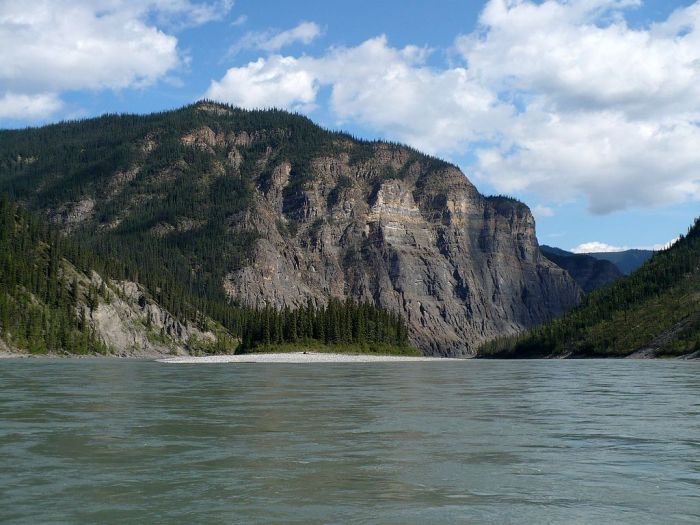
Third Canyon
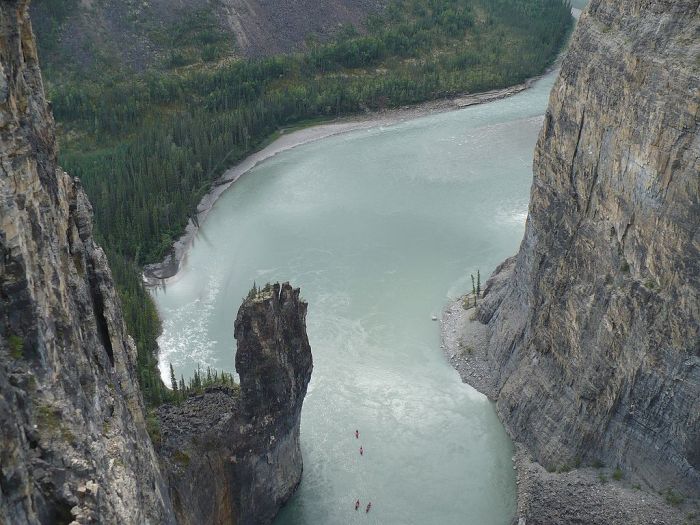
The Gate, Second Canyon
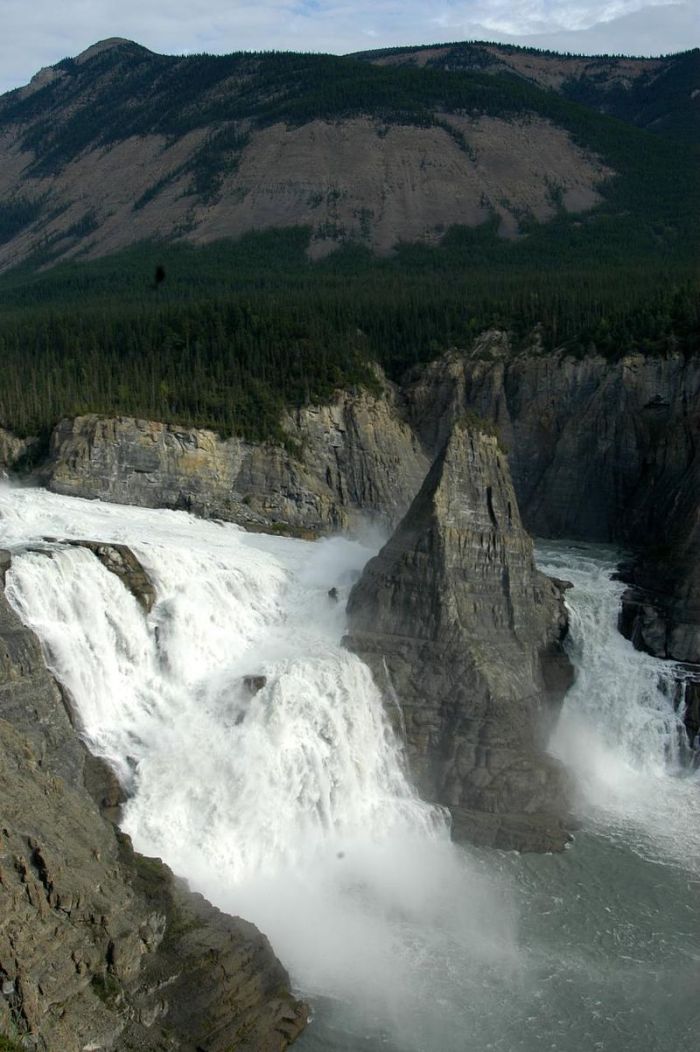
Virginia Falls and Mason’s Rock


Michael Phelps loses ‘race’ to Great White shark
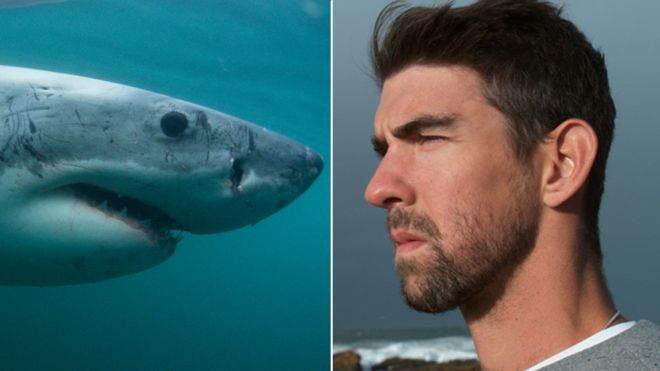
BBC
The much-hyped head-to-head race between US swimmer Michael Phelps and a Great White shark turned out to be a computer simulation, drawing complaints from many disappointed viewers.
The world’s most decorated Olympic swimmer completed 100m in open ocean off South Africa in 38.1 seconds to the shark’s 36.1.
Discovery Channel aired the “race”.
But what viewers actually saw was a montage of Phelps swimming alongside a computer-generated Great White.
Before Sunday’s broadcast, Discovery had the 28-time Olympic medallist, who is now retired, and the shark swim the course separately.
Computer-generated footage of a shark was then superimposed over the swimmer to look like they were racing alongside each other.
Some social media users loved the “race” idea, but many said that they felt “robbed” by the simulation.

Although the US athlete represents the peak of human athletic prowess, he can only swim at a top speed of 5-6mph (8-10km/h) without a monofin, while a Great White is capable of doing at least 25mph in short bursts.
But humans have long pitted themselves against dangerous animals, often ones they know are much faster.
They have done this for money; to draw attention to a cause; to create a spectacle, and perhaps also out of an inflated sense of what humans are capable of.
Here are four other instances when man has raced beast.
South African rugby star v cheetah
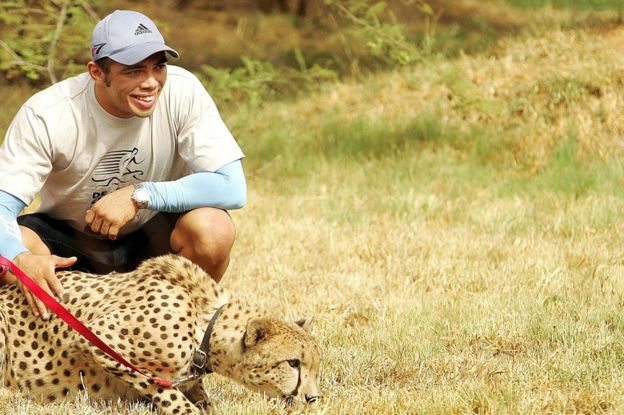
Bryan Habana, one of the fastest players in international rugby, decided to take on the world’s fastest land animal in 2007 as part of an event sponsored by a conservation group.
Habana is quick, but not Usain Bolt quick – running the 100m in 10.4 seconds at his best (compared with Bolt’s 9.58 world record).
Still, the then 23-year-old, keen to raise awareness about the decline of the cheetah, fancied his chances.
The cheetah was tempted with a dangling leg of lamb which it chased during the race, while Habana, who was given a significant head start, gave it all he had.
The end was close but the cheetah just got over the line first. Habana asked for a re-run and was soundly beaten.
Italian swimmer v dolphins
Filippo Magnini, a former world champion in the 100m freestyle, took on two dolphins in a pool near Rome in 2011.
Given the animals’ clear advantage, the Italian only had to swim one length of the pool, while they had to swim two.
But that didn’t make a difference and the man nicknamed “Superpippo” was pipped at the post.
He said later that he fell “a bit in love” with Leah, one of the dolphins.
Jesse Owens v horses
The black US track and field athlete won a string of victories at the 1936 Berlin Olympics in front of Adolf Hitler, who had been hoping for a games that would demonstrate the Aryan superiority he believed existed.
Owens later struggled financially back home in a country where racism remained rife and his sport was not professional.
To make money, he competed against racehorses in front of dazzled crowds.
He is said to have had the starting gun go off close to the horse, stunning it and allowing him to take a strong lead (he also had a head start). Though this strategy worked most of the time, he didn’t always win.
Later, more opportunities became available to Jesse Owens and, among other roles, he served as Ambassador of Sports under President Eisenhower.
American football player v ostrich

NFL wide receiver Dennis Northcutt easily beat an ostrich named Thelma in 2009 for a TV show called Sport Science.
But in that initial race, a fence separated the pair and it was obvious the animal wasn’t giving it her best.
In a second race, this time inside the ostrich’s enclosure, Dennis was soundly beaten, as the ostrich leapt away and he was left chasing it through the dust.
The Silent Bus Stop
Since the city of Winnipeg introduced the rapid transit corridor in the central/south part of the city bus routes have been streamlined. More routes now use the main streets and the secondary streets have lost most service. The Donald St. at Hargrave Place bus stop has been transformed into a silent bus stop. Before rapid transit 4 bus routes picked up passengers at the stop. Now only one, the 99 route, a secondary bus route, utilizes the stop.
The 99 only runs every half hour and stops running at 7:05 pm. A once vibrant bus stop has now become a ghost bus stop. No more people hanging around the stop occasionally scanning north to see if the lumbering bus is approaching. No more buses pulling up to the stop and lowering the entrance door elevator to let old folks and Mom’s with baby strollers on board.
Now people who previously grabbed the bus at the now silent bus stop have to walk 3 blocks to the east to get the bus. But the 7 minutes it takes to walk to that stop is made up by the speed of that bus as it hauls down the rapid transit bus track. As Alexander Graham Bell said: “When one door closes another door opens; but we often look so long and so regretfully upon the closed door, that we do not see the ones which open for us.”
Photos of the Silent Bus Stop when it was busy
The Bus Stop grows silent
The Bus Stop is silent
I preferred the old Bus Stop
Ten of the World’s Largest Churches
1. St. Peter’s Basilica (Vatican City, Rome)
2. The Basilica of the National Shrine of Our Lady Aparecida, Aparecida, Brazil.


3. The Cathedral of Saint Mary of the See, better known as Seville Cathedral, Seville (Andalusia, Spain).


4. The Cathedral of St. John the Divine, officially the Cathedral Church of Saint John: The Great Divine in the City and Diocese of New York, is the cathedral of the Episcopal Diocese of New York.


5. Milan Cathedral is the cathedral church of Milan, Italy.


6. The Basilica of Our Lady of Licheń is a Roman Catholic church located in the village of Licheń Stary near Konin in the Greater Poland Voivodeship in Poland.


7. Liverpool Cathedral is the Church of England Cathedral of the Diocese of Liverpool, built on St James’s Mount in Liverpool and is the seat of the Bishop of Liverpool.

The total external length of the building, including the Lady Chapel (dedicated to the Blessed Virgin), is 207 yards (189 m) making it the longest cathedral in the world; its internal length is 160 yards (150 m). With a height of 331 feet (101 m) it is also one of the world’s tallest non-spired church buildings and the third-tallest structure in the city of Liverpool.
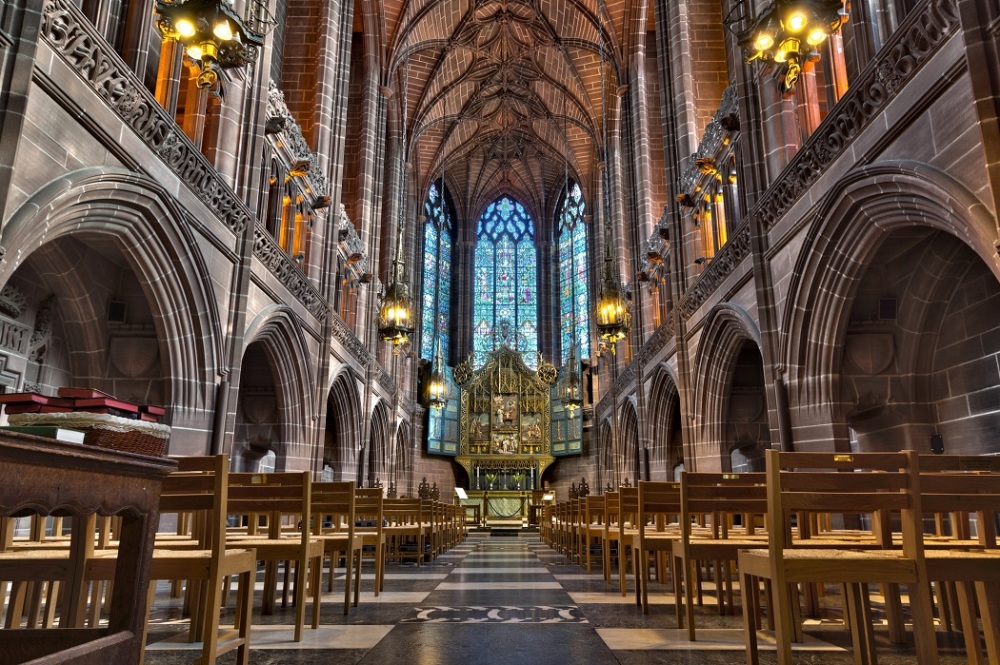
8. Ulm Minster is a Lutheran church located in Ulm, Germany.

It is the tallest church in the world, and the 4th tallest structure built before the 20th century, with a steeple measuring 161.5 metres (530 ft) and containing 768 steps.

9. The Cathedral of Our Lady is a Roman Catholic cathedral in Antwerp, Belgium.


10. Saint Joseph’s Oratory of Mount Royal is a Roman Catholic minor basilica and national shrine on Westmount Summit in Montreal, Quebec. It is Canada’s largest church.



Trump Deports Cesar Millan
The “Dog Whisperer” Cesar Millan has been deported back to Mexico by President Donald Trump. Trump used an obscure presidential order to have the dog psychologist forcibly removed from U.S. soil. It all started when Trump became aware of a Cesar tweet where he wrote “I have a pooch in my kennel that completely resembles ‘The Donald’.” Cesar thought it was funny, not so Trump.

The Trump look-a-like pooch.
Trump immediately called in Attorney General Jeff Sessions to figure a way to kick Millan out of the country. They used an unknown law where if the president deems somebody as potentially hostile to his person, he can throw them out.
Photo of Trump taken right after he read the Millan tweet.

Trump was quoted as saying: ” I want that greasy whisperer out now. I’ve always hated that little Mexican. He comes to this country and makes millions of dollars by brainwashing stupid and vulnerable dogs. He’s a fraud, he is bad, he is an awful person. Get him the f#@k out!!”
Cesar with his pack south of Tijuana after he was ungraciously deported by a Marine helicopter.
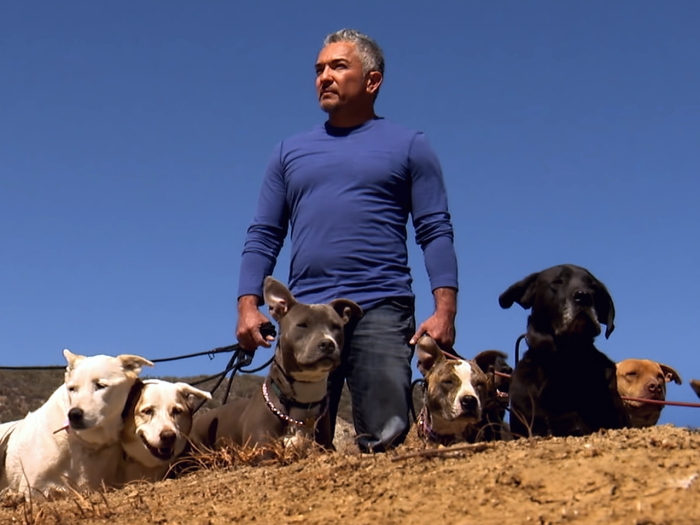
Cesar’s lawyers could not be reached for comment at press time.
Meanwhile back in D.C. Former WH press secretary Sean Spicer was spotted peeping into the White House from the rose garden.
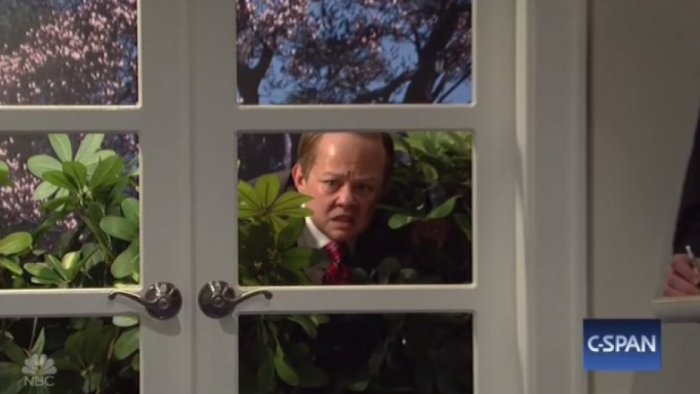
Green Bank, West Virginia, population 143, the quietest town in America: no cell phones, Wi-Fi, television or radio
Green Bank, in Pocahontas County in West Virginia, the United States, is possibly one of the quietest residential places on earth. There is no cell phone reception here, no Wi-Fi, not even radio or television. But Green Bank is not technologically backward. On the contrary, it’s home to the world’s largest fully steerable radio telescope on earth – the Robert C. Byrd Green Bank Telescope (GBT), operated by the National Radio Astronomy Observatory. The GBT is the reason why this town is electromagnetically silent.
Radio telescopes work by detecting electromagnetic waves that come from distant galaxies. These signals are so faint that the slightest emission of radio waves from electronic gadgets can interfere with the readings of the radio telescopes. For this reason, all cell phones, Wi-Fi, radio and other communication devices are outlawed here. There are no cell phone towers for miles around, no music plays on the radio or soap operas on the television. Not even gas operated cars are allowed because gasoline engines use spark plugs to ignite the fuel-air mixture, and electric sparks produce electromagnetic waves.
The boundaries of the device-free zone extend far beyond Green Bank, covering an area roughly equal to 13,000–square-mile. This region is called the National Radio Quiet Zone, and is located around the sparsely populated countryside that straddles the borders of West Virginia, Virginia, and Maryland. Almost all types of radio transmissions and certain electronic devices are banned here so that the powerful Green Bank Radio Telescopes can work without disturbance. Green Bank happens to be the closest community to the Green Bank Telescope.
The tech-free life in Green Bank may seem impossible for those who can’t live without their cell phones, but for the 140-odd residents of the town, life is a bliss. Kids aren’t glued to the glowing screens of their mobile devices. They actually talk to each other instead of texting. Older residents roll down their car windows to greet each other and leave their front doors unlocked. If they must speak to someone out of town, there are pay phones.
The current telescope, completed in 2000, was built following the collapse of the previous Green Bank telescope, a 90.44 m paraboloid erected in 1962. The previous telescope collapsed on 15 November 1988 due to the sudden loss of a gusset plate in the box girder assembly, which was a key component for the structural integrity of the telescope.
Living under the shadow of the giant telescope, some of the residents are not even aware of the technological advances elsewhere.
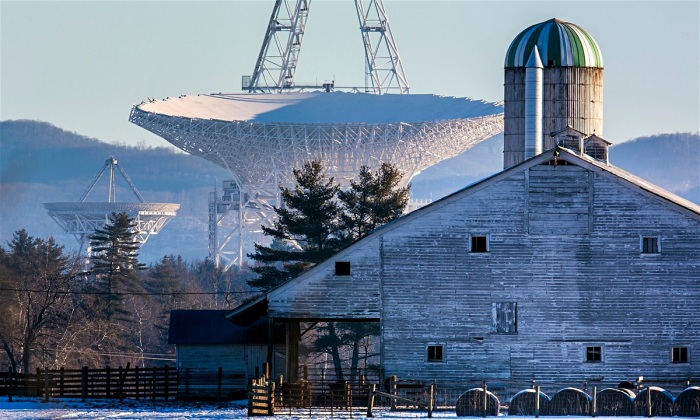
“We didn’t realize the rest of the world was getting connected and staying connected constantly, via phones and computers and all that,” said radio host Caleb Diller, who grew up in Pocahontas County. “So we were kinda back in time a little bit. We hadn’t progressed to that.”
Over the last few years, many people have taken up residence in Green Bank. These people claim to suffer from electromagnetic hypersensitivity, or EHS—a disease not recognized by the scientific community. It’s said that people suffering from EHS get symptoms like dizziness, nausea, rashes, irregular heartbeat, weakness, and chest pains from electromagnetic radiations.
“Life isn’t perfect here,” said Diane Schou, one of the first “electrosensitive” immigrants who came to Green Bank with her husband in 2007. “There’s no grocery store, no restaurants, no hospital nearby. But here, at least, I’m healthy. I can do things. I’m not in bed with a headache all the time.” As of 2013, an estimated 36 people have moved to Green Bank to escape the effects of electromagnetic hypersensitivity.
The previous telescope
The GBT is fully steerable, and 85% of the entire celestial sphere is accessible. The structure weighs 8500 tons and stands 450 feet above ground. The surface area of the GBT is a 100 by 110 meter active surface with 2,209 actuators (a small motor used to adjust the position) for the 2,004 surface panels. The panels are made from aluminium to a surface accuracy of better than 0.003 inches (76 µm) RMS. The actuators adjust the panel positions to correct for distortions due to gravity which change as the telescope moves. Without this so-called “active surface”, observations at frequencies above 4 GHz would not be as efficient.
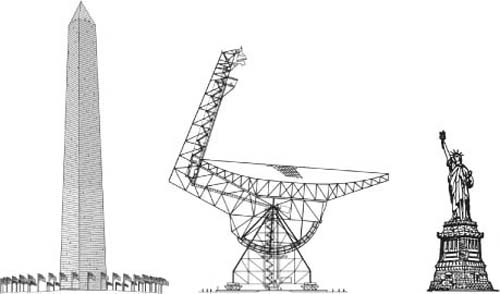








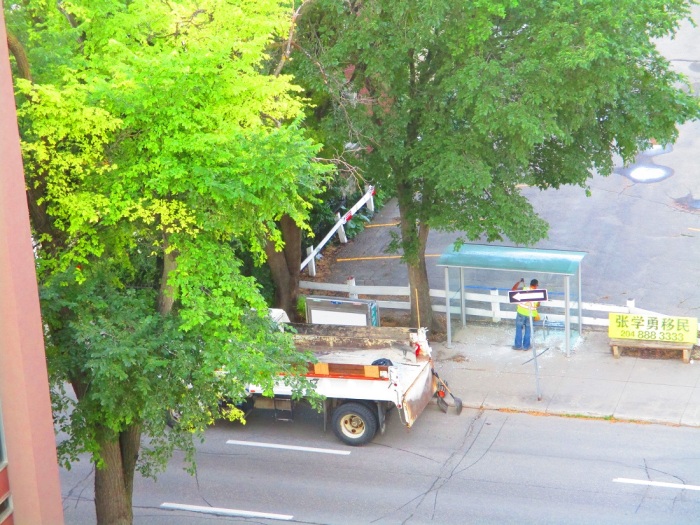


![green-bank-virginia-24[6]](https://markosun.files.wordpress.com/2015/01/green-bank-virginia-246.jpg?w=1000)






